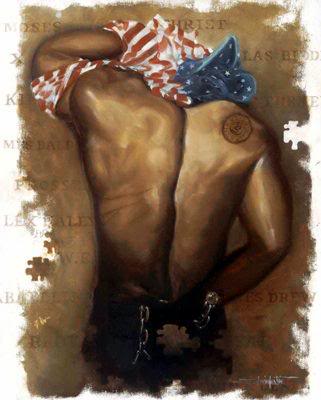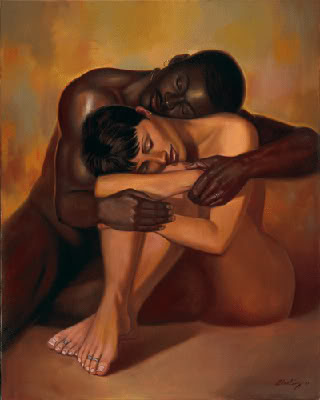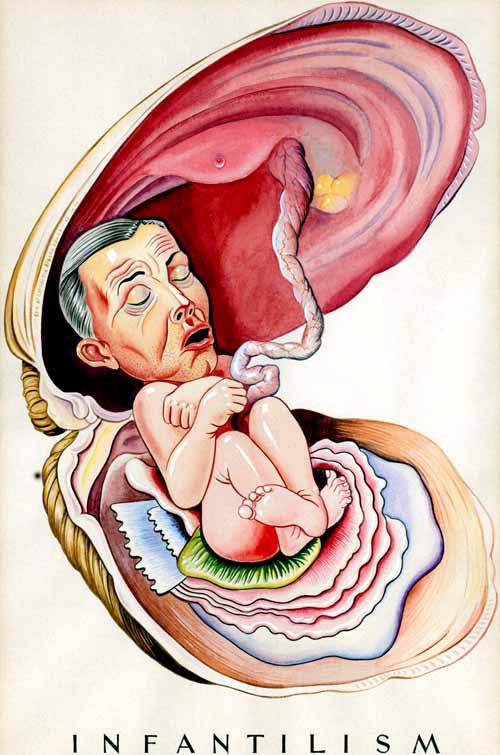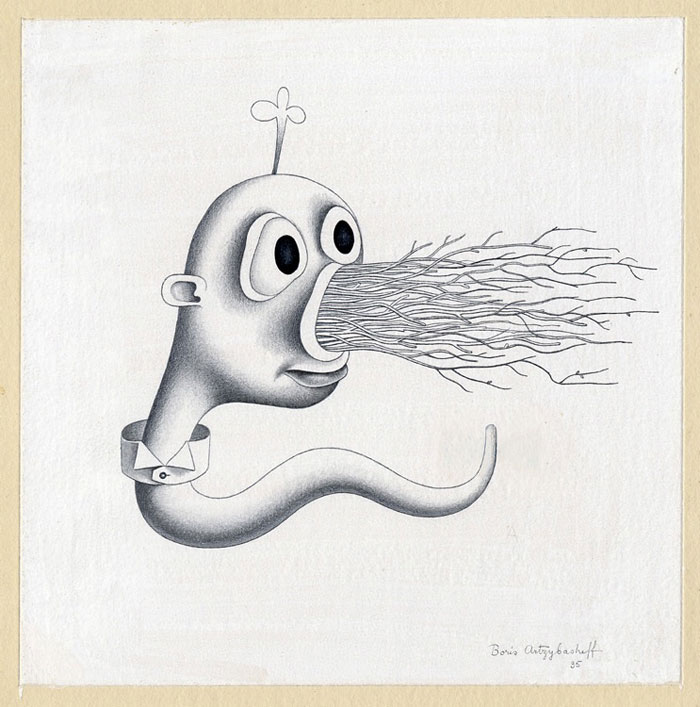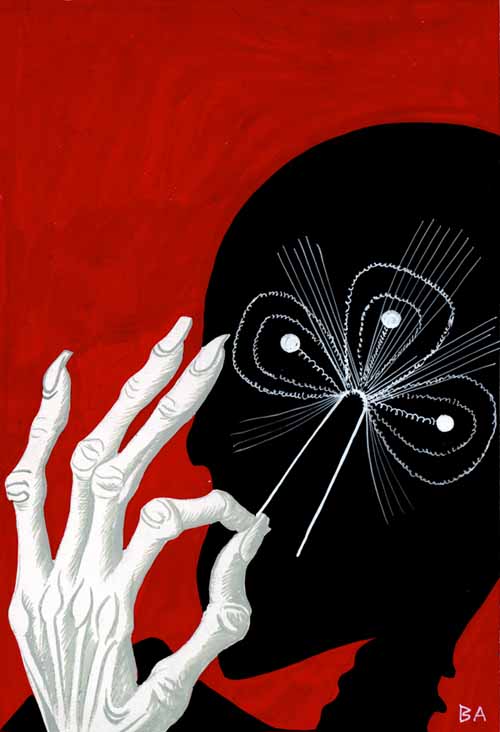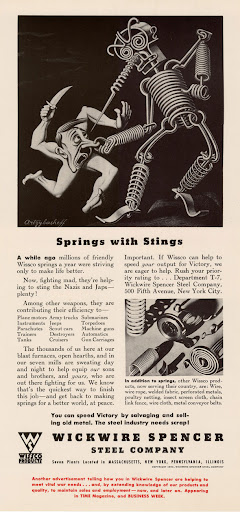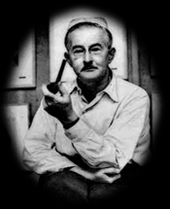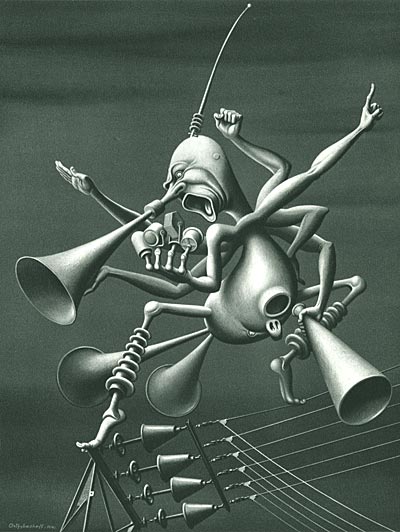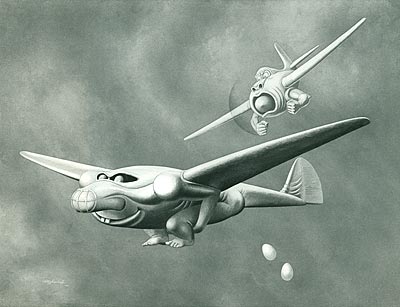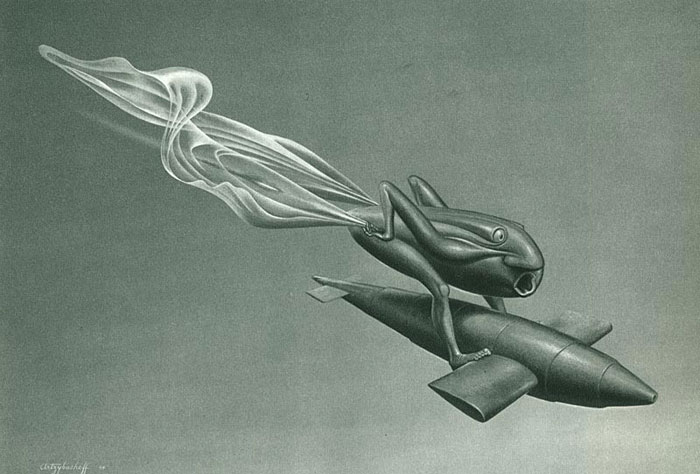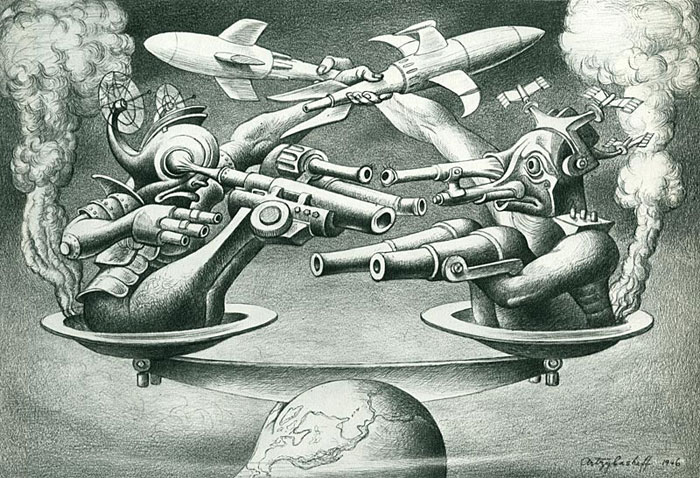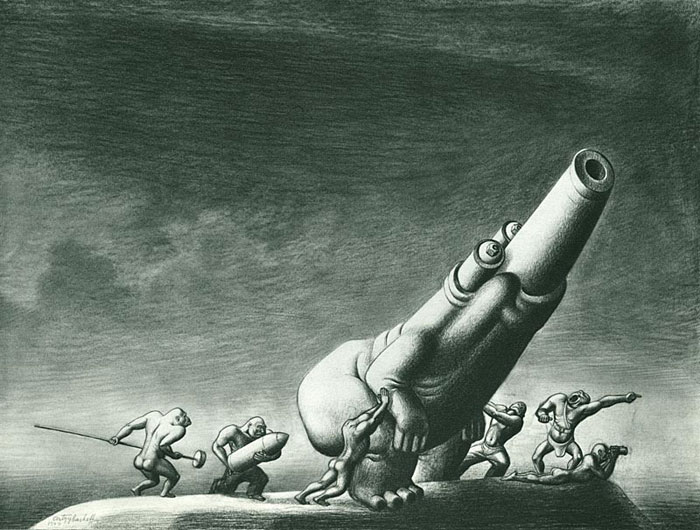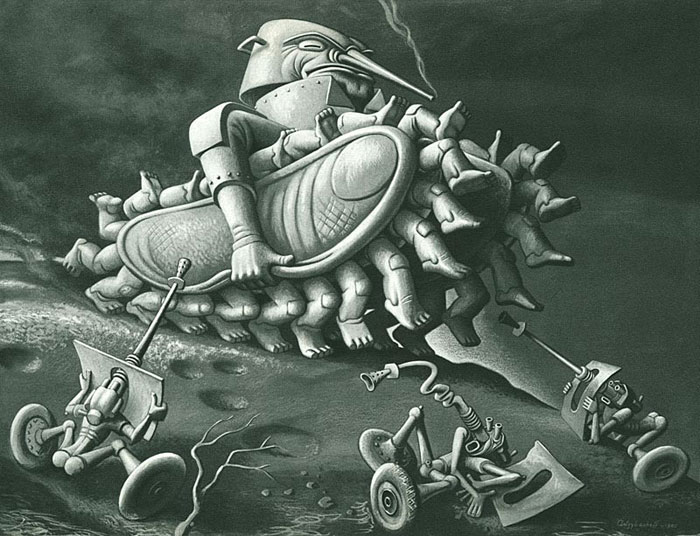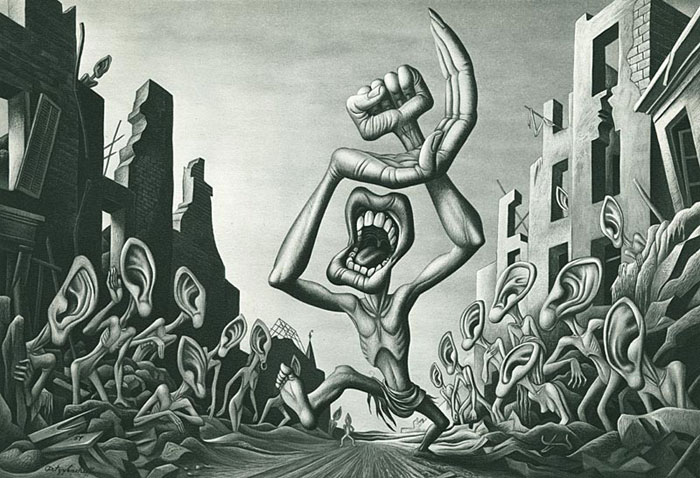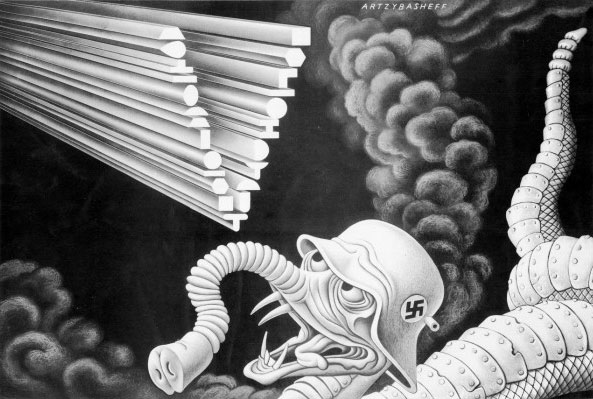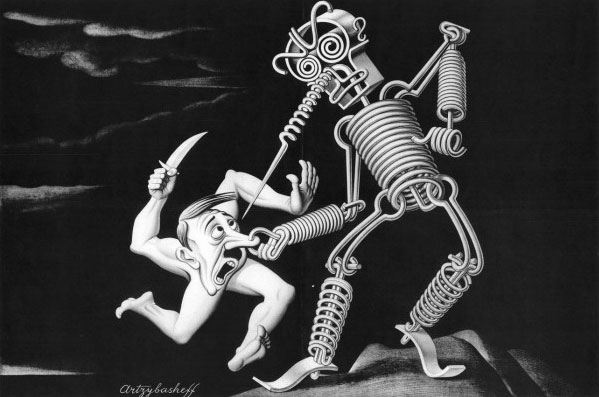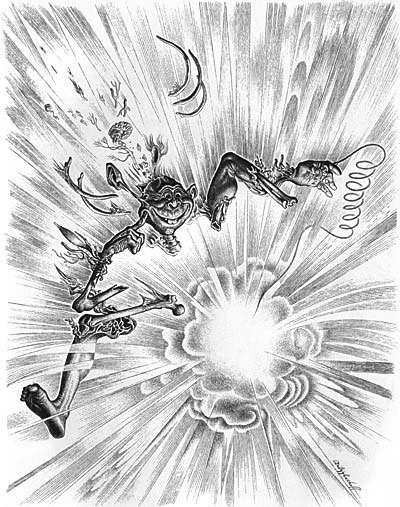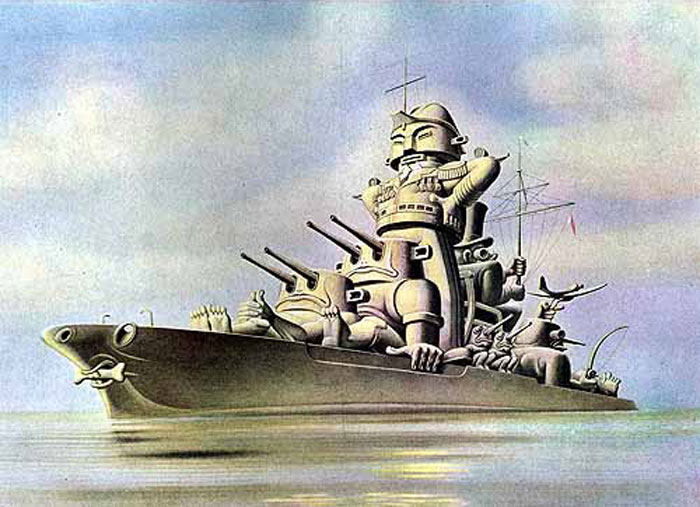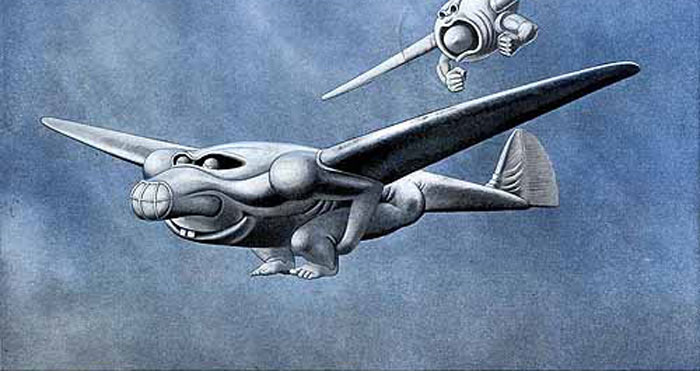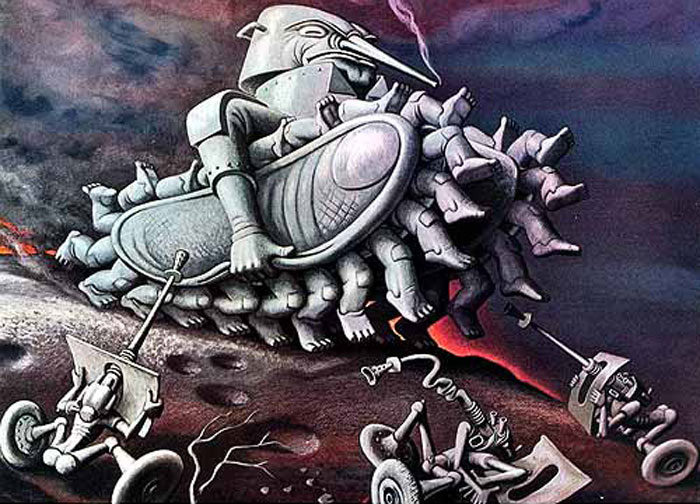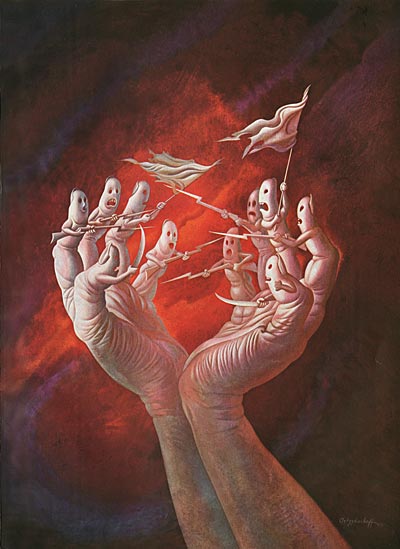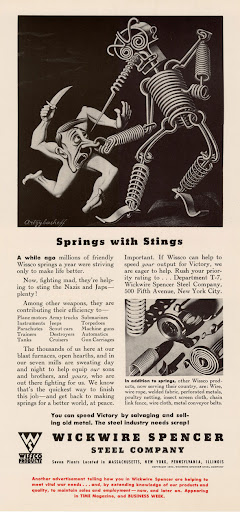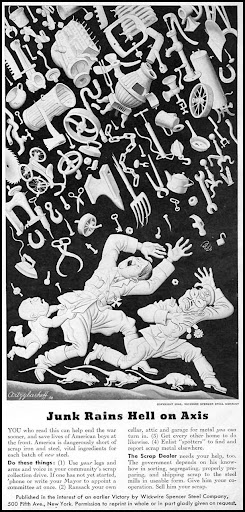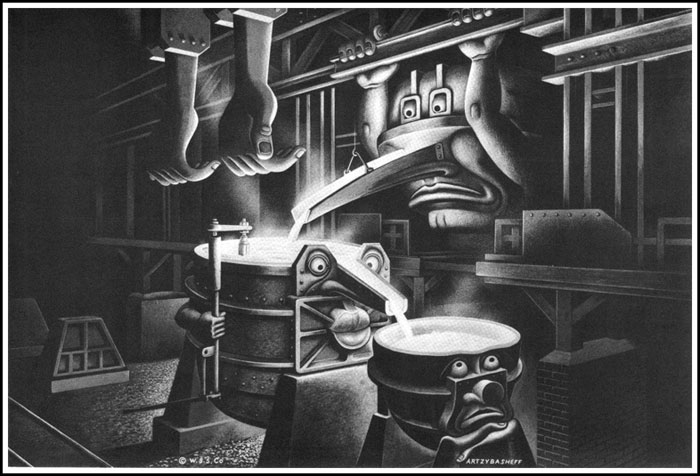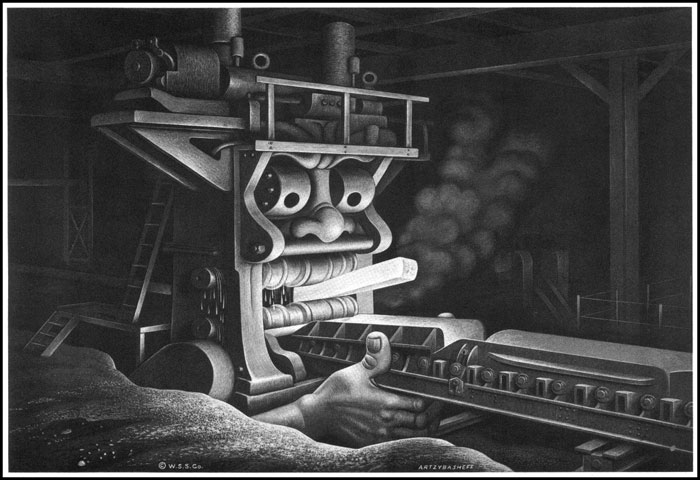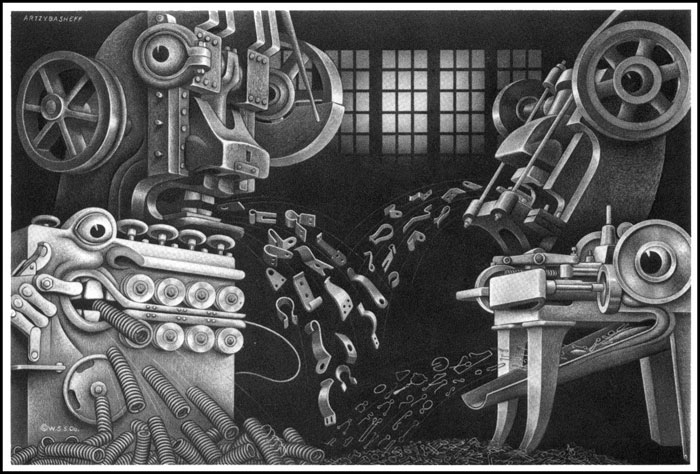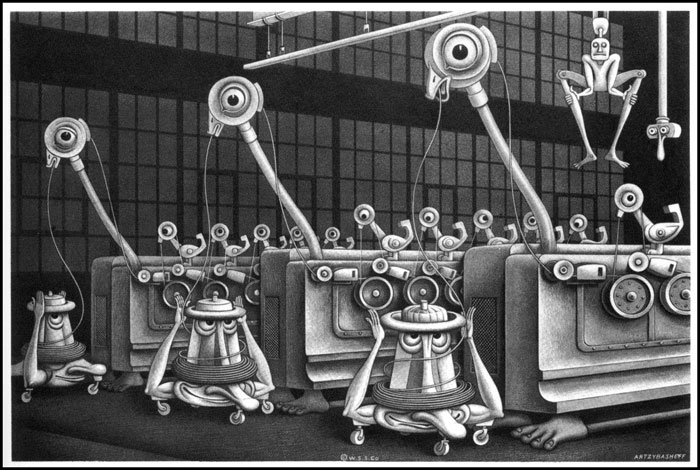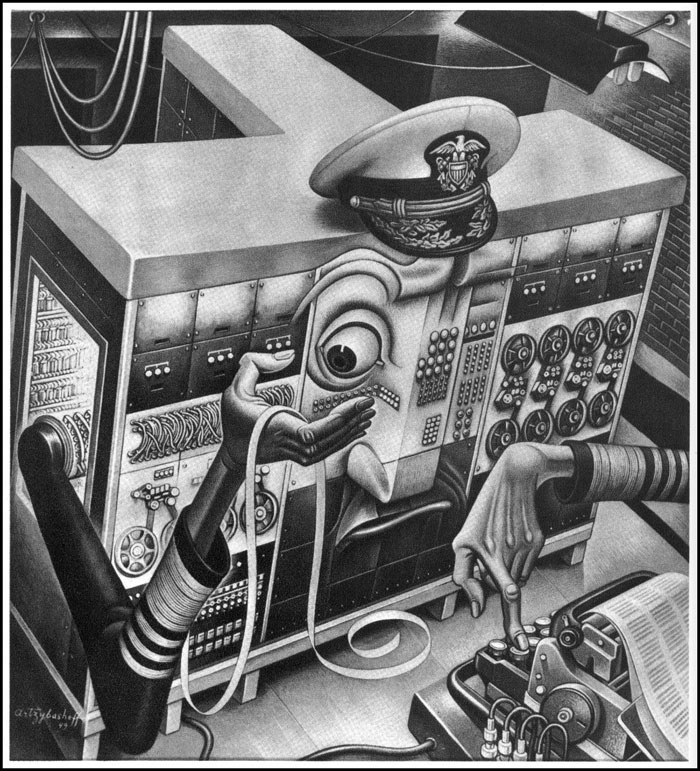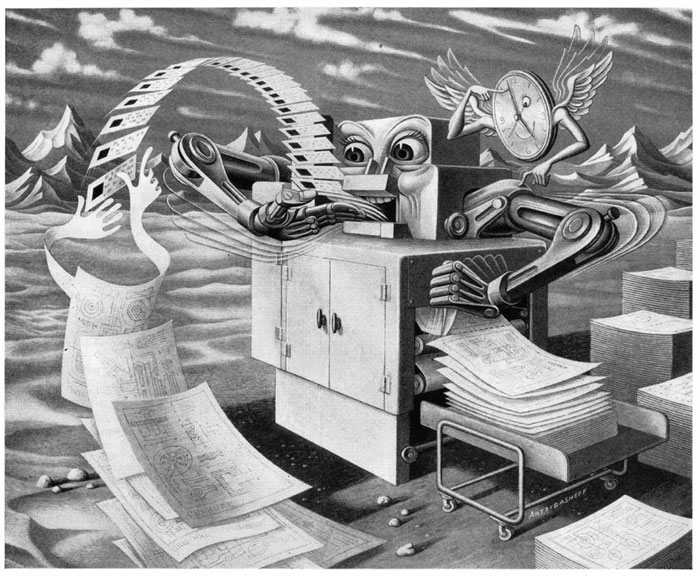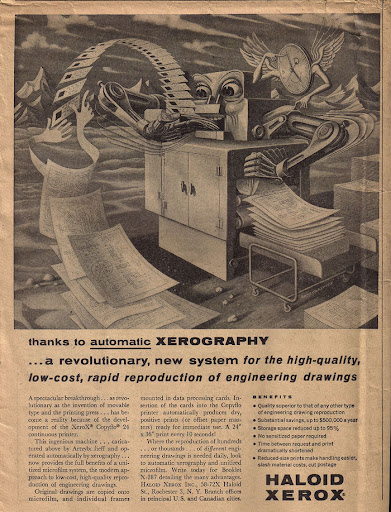REED HOUSTON
The Pain
do you fear the ancestral pain
that flows through my veins
hundreds of years
thousands of black souls slain
millions of tears
mixed with blood stains
falling
like a black rain
can you possibly
perceive the pain
that pours through my veins
attempted eradication
senseless assassinations
projected extermination
yet my blood line remains
a combination of dreams
and necessity
strength in the face of adversity
remembrance of the whips
the chain
subjected to shame
sold and resold
til no knowledge of origin remained
misled and misfed
until the children of children
bore children born in a society of
dead men walking
but now listen to the dead men talking
speaking life into dead situations
open your mind
accept the subliminal invitations to
cerebral penetrations
release the pain
embrace the tears
conquer the fears
darkness is no excuse
to give up and give in
why search for the sun
the light resides within
now use that light
to ignite
to excite
to unite
i challenge you
release the pain
ignorance may bind you
break the chains
knowledge will find you
reclaim your name
accept your birthright
learn to stand upright
eye to eye
so no one can deny
your presence
your essence
your acceptance...
don't believe the lie
it's ok to cry... release the pain
break the chains...
Slow Motion
Bodies in motion
Slow slow motion
So so much
Passion
Emotion
Explodin'
Over and over
Lost in the motion
Stolen in moments
Shared secrets
Fantasies revealed
All in one moment
Shadows of erotic motion
Projected upon the wall
Exposed by the candlelight
Telling the tale
Of our two souls
Physical oneness
Expressed in the shadow
I am you
You are me
Entrapped sexually
Feeling my heartbeat
Throughout my body
Throbbing inside you
You tightening around me
Pulling me into you
Until I disappear
Inside you
Breathing your breath
As we share
Our bodies
Our minds
Our souls
In our slow motion
Slow slow motion
So so much
Passion
Emotion
Explodin'
Over and over
Lost in the motion
Stolen in moments
Shared secrets
Fantasies revealed
All in one moment
Shadows of erotic motion
Projected upon the wall
Exposed by the candlelight
Telling the tale
Of our two souls
Physical oneness
Expressed in the shadow
I am you
You are me
Entrapped sexually
Feeling my heartbeat
Throughout my body
Throbbing inside you
You tightening around me
Pulling me into you
Until I disappear
Inside you
Breathing your breath
As we share
Our bodies
Our minds
Our souls
In our slow motion
In Like
I remember the day
My blue skies turned grey
And the colors spilled from my life
Only shades of black and white remained
Embarrassed and ashamed
By the choices I made
I cried
I prayed
Hated the game
Regretted I ever played
But there I laid
In the tears of my own decisions
Rememberin'
Reminiscin'
Wishin'
My life was different
Realizing as I cried
Parts of me died...
Fast forward
To three weeks past
When my world of grey
Was forever changed
Furniture rearranged
As you made room for yourself inside me
You changed my rain into liquid sunshine
Seduced my mind
With your spiritual talks
Your sexy walk
Speaking to me with a familiar tongue once forgotten
Don't know how this happened
But genuine love found me
Through you
You became
The Yin to my Yang
Became the song I sang
My waking thought
My daydream
My quiet place When I wanna scream
You are my complete thought before my lips part
You are missing pieces to my broken heart
My trust in you is blind
Dangerous
Reckless
All of the above
But when I hear you voice...
I hear the sound of love
Of laughing children
Of growing old
Reliving life through stories once told
When I look into your eyes
I see my forever
My always
And it scares me to death
Never been this close before
The thought takes my breath
Exhaling
To inhale you
Becoming the air I breathe
Still hard for me to believe
That you are so new to me
Feeling like a familiar lover
Your touch soothes me
Your words move me Challenging me
To be a better me
Transporting me
Somewhere between Love and Lust
Undefined by words
Abstract like trust
Don't really care what "we" are
Just glad "we" exist
And Baby as you read these lines
Just know that you are missed
My blue skies turned grey
And the colors spilled from my life
Only shades of black and white remained
Embarrassed and ashamed
By the choices I made
I cried
I prayed
Hated the game
Regretted I ever played
But there I laid
In the tears of my own decisions
Rememberin'
Reminiscin'
Wishin'
My life was different
Realizing as I cried
Parts of me died...
Fast forward
To three weeks past
When my world of grey
Was forever changed
Furniture rearranged
As you made room for yourself inside me
You changed my rain into liquid sunshine
Seduced my mind
With your spiritual talks
Your sexy walk
Speaking to me with a familiar tongue once forgotten
Don't know how this happened
But genuine love found me
Through you
You became
The Yin to my Yang
Became the song I sang
My waking thought
My daydream
My quiet place When I wanna scream
You are my complete thought before my lips part
You are missing pieces to my broken heart
My trust in you is blind
Dangerous
Reckless
All of the above
But when I hear you voice...
I hear the sound of love
Of laughing children
Of growing old
Reliving life through stories once told
When I look into your eyes
I see my forever
My always
And it scares me to death
Never been this close before
The thought takes my breath
Exhaling
To inhale you
Becoming the air I breathe
Still hard for me to believe
That you are so new to me
Feeling like a familiar lover
Your touch soothes me
Your words move me Challenging me
To be a better me
Transporting me
Somewhere between Love and Lust
Undefined by words
Abstract like trust
Don't really care what "we" are
Just glad "we" exist
And Baby as you read these lines
Just know that you are missed
Sex... is...
Sex to me extends far beyond the realm of the physical act. Sex to me is the total experience, the scent of a woman, the look in her eyes, the softness of her thighs, the biting of her lips, the curve of her hips, the arch of her back, the arch of her feet, her moans, her sighs, the wrinkled sheets, the sounds of lovemaking, the ooohs, the aaahs, the heavy breathing, the sweating, the different positions, the collapsing, the falling asleep. Sex is about erasing time and space, when nothing else matters, but her and I, the fact that we are together, nowhere else to be, complete concentration, total focus, no effort to reach the destination, taking full advantage of the enjoyment of the journey, orgasms become secondary and pure pleasure takes the forefront. Sex is the ins and the outs, the ups, the downs, the front, the back, the side to side, the in the air, the in a chair, from the bed to the floor, from the wall to the door. Sex is closing your eyes, surrendering to temptation and letting sensations conquer your body and release your mind into a place of euphoria. Sex is like a constant eruption that never subdues, it's the answer to the blues, that alright place, that smile on your face, that pep in your step, it's where your secrets are kept. Sex is where our souls touch and commune on a level beyond comprehension, it's like heavenly ascension, it's compression and tension. Sex is inhaling and exhaling, my skin against your skin, my lips, my kiss, my fingertips, my flesh, my breath, it's the all until there is none left. Sex...is...
